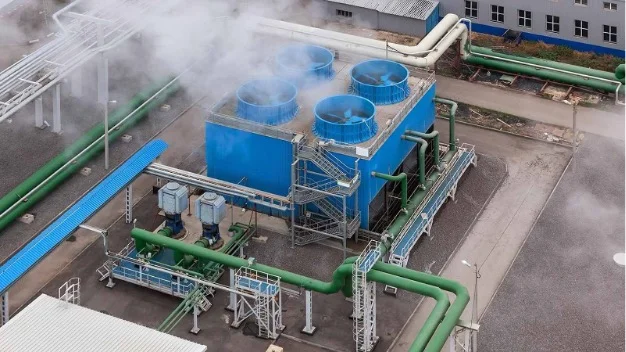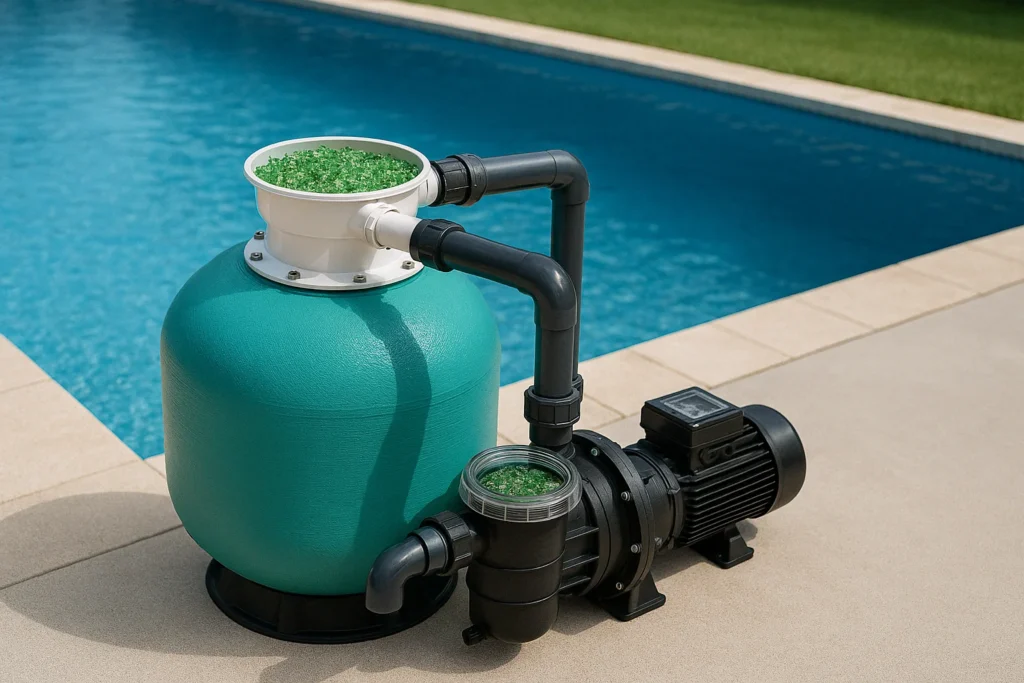
Algae and biofilm formation are highly common challenges across a wide range of industries, including a few where the quality of the water supply is of paramount importance. These persistent problems can cause significant operational inefficiencies and health hazards if not addressed properly.
In this blog, we will delve into the causes of algae and biofilm formation, their adverse effects on various industries, and effective methods for eradication and prevention.
Causes of Algae and Biofilm Formation
Algae and biofilm formation is primarily driven by environmental conditions conducive to microbial growth. Key factors include:
- Nutrient Availability: High levels of nutrients, particularly nitrogen and phosphorus, promote the growth of algae and microorganisms that form biofilms.
- Temperature: Warm temperatures accelerate the growth of algae and biofilm-forming bacteria.
- Light: Sunlight or artificial light enhances photosynthesis in algae, contributing to their proliferation.
- Stagnant Water: Lack of water movement allows microorganisms to settle and form biofilms on surfaces.
- Surface Properties: Rough and porous surfaces provide ideal environments for biofilm attachment and growth.
Adverse Effects on Various Industries and Processes
- Aquaculture: Algae and biofilms can deplete oxygen levels in water, harming fish and other aquatic organisms. They can also clog filters and reduce water quality, leading to poor growth and increased mortality rates in aquaculture systems.
- Water and Wastewater Treatment: Biofilms can form on filtration media and within pipelines, reducing efficiency and increasing maintenance costs. Algal blooms can clog intake structures and interfere with treatment processes, leading to higher operational costs and potential regulatory violations.
- Cooling Towers and Boilers: Biofilms and algae can cause biofouling, leading to reduced heat transfer efficiency and increased energy consumption. In severe cases, they can cause corrosion and damage to equipment, resulting in costly repairs and downtime.
- Lakes, Ponds, and Water Bodies: Excessive algal growth can lead to eutrophication, resulting in oxygen depletion, fish kills, and loss of biodiversity. Biofilms on surfaces can also make recreational activities unsafe and unattractive.
- Drinking Water Systems: Biofilms in drinking water pipelines can harbor pathogenic microorganisms, posing health risks to consumers. Algae in water sources can produce toxins that are harmful if ingested.
- Food and Beverage Industry: Biofilms in processing equipment can lead to contamination of products, posing health risks to consumers and leading to costly recalls. Algal contamination in water used for processing can affect the taste and safety of products.
Methods to Eradicate and Prevent Biofilm and Algae Formation
- Bacteria/Microbial Culture: Biological processes can be used to bioremediate ponds and lakes. Introducing beneficial bacteria and microbial cultures can outcompete harmful algae and biofilm-forming microorganisms, improving water quality and ecosystem health.
- Chlorine Dioxide: This powerful oxidizing agent can kill microorganisms and organics at their source, preventing biofilm formation in water and wastewater treatment plants. It is also effective in preventing algae and biofilm formation in aquaculture ponds and poultry drinking water pipelines, ensuring clean and safe water for animals.
- Glass Filtration Media: Virgin glass filtration media is resistant to biofouling, preventing the formation of algae and biofilms within the filtration bed. This ensures clean water for drinking water systems and F&B applications, where water quality is paramount.
- Biocides and RO Chemicals: Biocides can be used to control biofilm formation and prevent organic build-up in reverse osmosis (RO) systems. This helps to prevent the choking of RO membranes, increasing their life and efficiency significantly. Regular use of these chemicals ensures optimal performance and reduces maintenance costs.
Algae and biofilm problems are persistent across all industries, but the solutions vary based on the specific industry, application, and point of action. From biological treatments to advanced filtration media and chemical solutions, there are multiple ways to address these challenges effectively.
If you are facing issues with algae and biofilm in your operations, get in touch with our experts. We offer tailored solutions to help you achieve maximum operational efficiency and maintain high standards of water quality.
Let us assist you in overcoming these persistent problems and enhancing the performance of your systems. Get in touch with us at info@purewaterent.net, and achieve peak performances!





